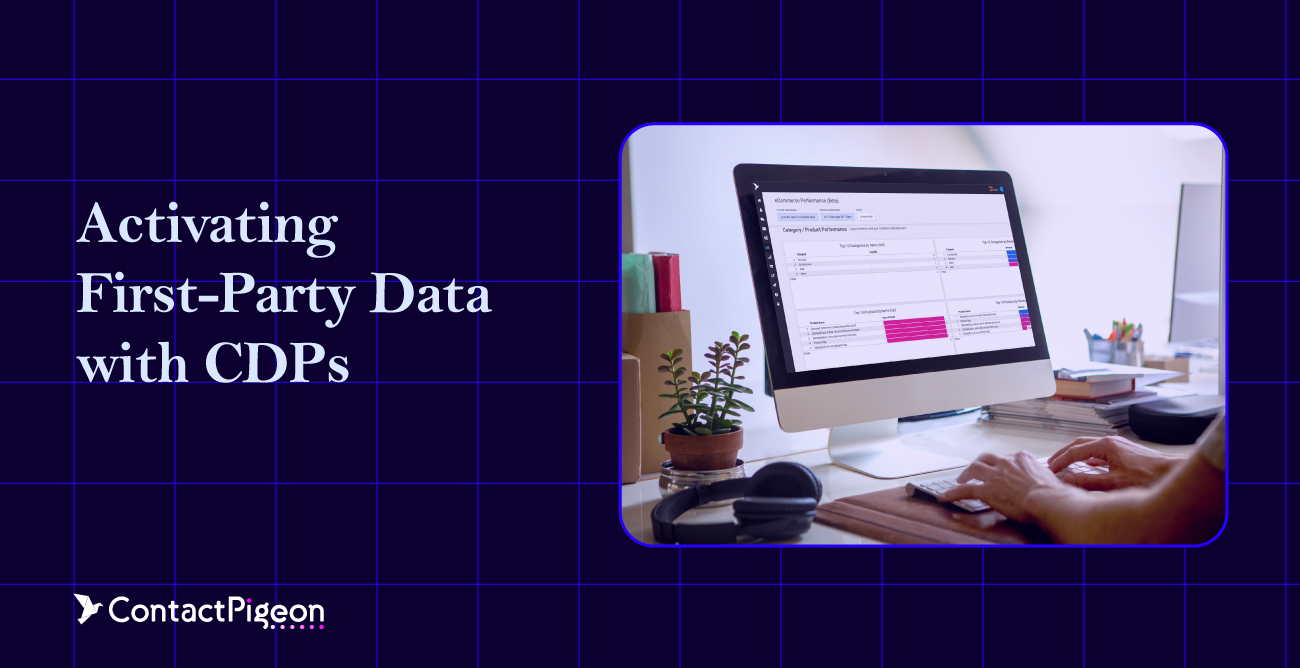However, email marketing isn’t as simple as merely collecting addresses, putting them on a list, then targeting that entire list with your marketing materials. In fact, one of the best ways to ensure that your email list is an effective marketing tool is by simply segmenting your contacts specifically by who and what you need to target.
Email contact segmentation involves splitting up your contacts by grouping them together by similarities such as demographics, expressed interests, lead source, activity, purchases and more.
While email list segmentation can be used in a variety of ways, the goal is to send the right message to the right person. It provides the ability to increase your open & click rates and ultimately push them gently towards your conversion goal (e.g., a purchase, sign up).
You’ll Be Able to Charm them All!
Let’s face it — even if your business sells only one product or delivers only one service, your customers will not all be the same. Customers will vary in a slew of ways: their geographic location, their age, their interests, and the stage they are in the sales cycle and so on. Use relevant information regarding your lists by segmented specific actions or data.
For example, when it is summer in Australia, it is winter in America — so segmenting your email list will allow you to promote summer goods or deals to Australian leads while promoting winter products to American contacts.
Segmentation tool also provide opportunity to filter your visitors based on where they are in purchase decision funnel. This helps to re-approach them at the right time and with the right amount of aggressiveness. So, you can sell to those who are very likely to buy while courting those who have merely expressed interest.
Earn a Good Email Reputation
When you send marketing emails that are targeted, personalized and interesting to the audience, your brand develops a reputation for creating and disseminating good content. Good segmentation helps you increase the chances that the information you send to people will actually appeal to them by being relevant to what their indicated interests area (for instance, what they have browsed on your website).
Precise segmentation frequently affects your potential customers that enjoy receiving your marketing material regularly.
Your Marketing Efforts Will Be More Successful
Overall, companies that use segmented email lists to execute their email marketing strategies see increased therefore lead nurturing and sales are more efficient.
How to Get Started With Email List Segmentation
1. Sign Up for an Email Solution
2. Gather Data Associated With Peoples’ Email Addresses
When you begin to collect email addresses, collect additional information about them as well (e.g., their age, location, gender, etc.) Try to choose data that will be helpful in the long run for you to re-target your lists. Tracking this data will help you begin with your segmentation.
3. Plan your Segmentation
Most email programs that use the segmentation tool will help you adopt filters to your lists and keep track of your data. Some tools even analyze your data and segment lists for you. However, before you begin your venture into email list segmentation, you should make a plan for how you want to use your lists. Several options include by user data, user activity or sign-up date (and much more).
Email List Segmentation Best Practices
Geography
Level of Interest
Consumer Behavior
Demographics
Wrap-up
Frequently asked questions
Your Title Goes Here
Your content goes here. Edit or remove this text inline or in the module Content settings. You can also style every aspect of this content in the module Design settings and even apply custom CSS to this text in the module Advanced settings.
Your Title Goes Here
Your content goes here. Edit or remove this text inline or in the module Content settings. You can also style every aspect of this content in the module Design settings and even apply custom CSS to this text in the module Advanced settings.
Your Title Goes Here
Your content goes here. Edit or remove this text inline or in the module Content settings. You can also style every aspect of this content in the module Design settings and even apply custom CSS to this text in the module Advanced settings.




![Benchmarking Growth Strategies of Top Fashion Retailers [Study]](https://blog.contactpigeon.com/wp-content/uploads/2025/11/top-fashion-retailers.jpg)